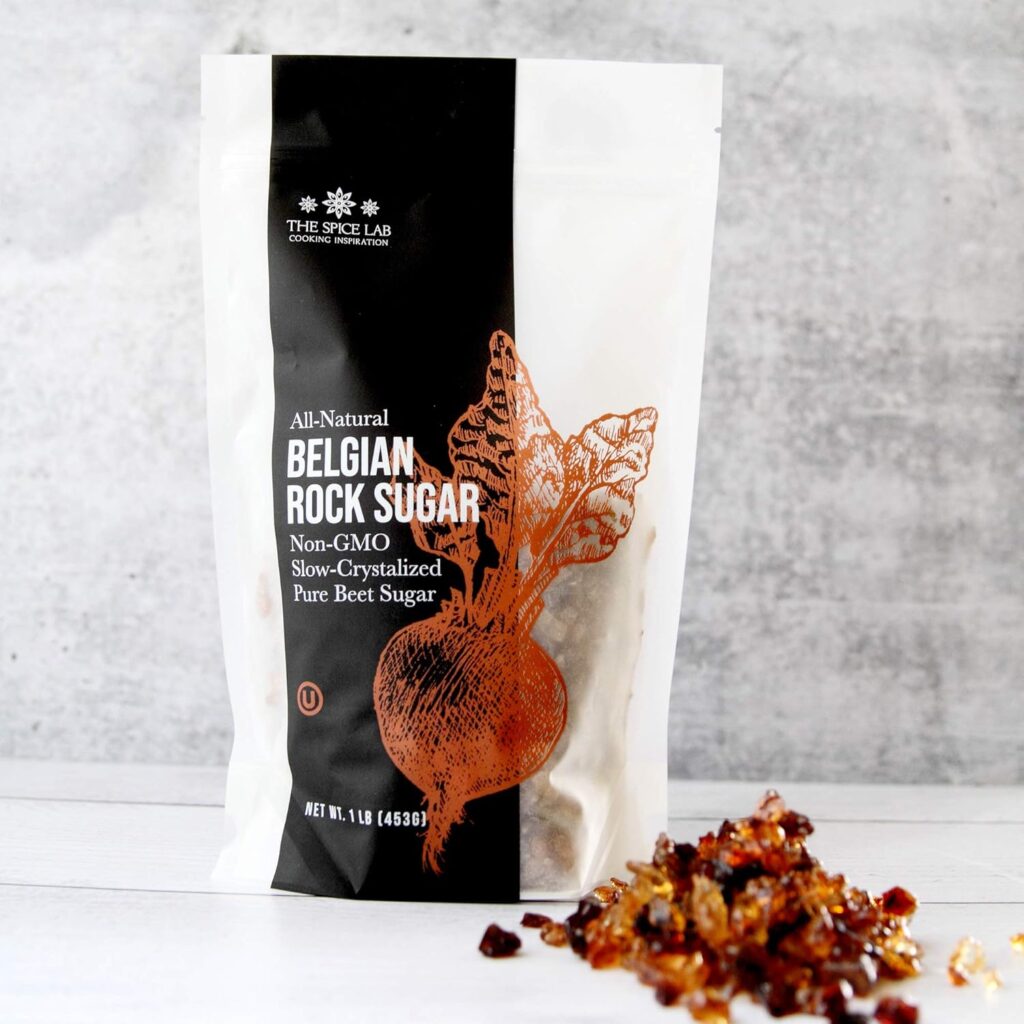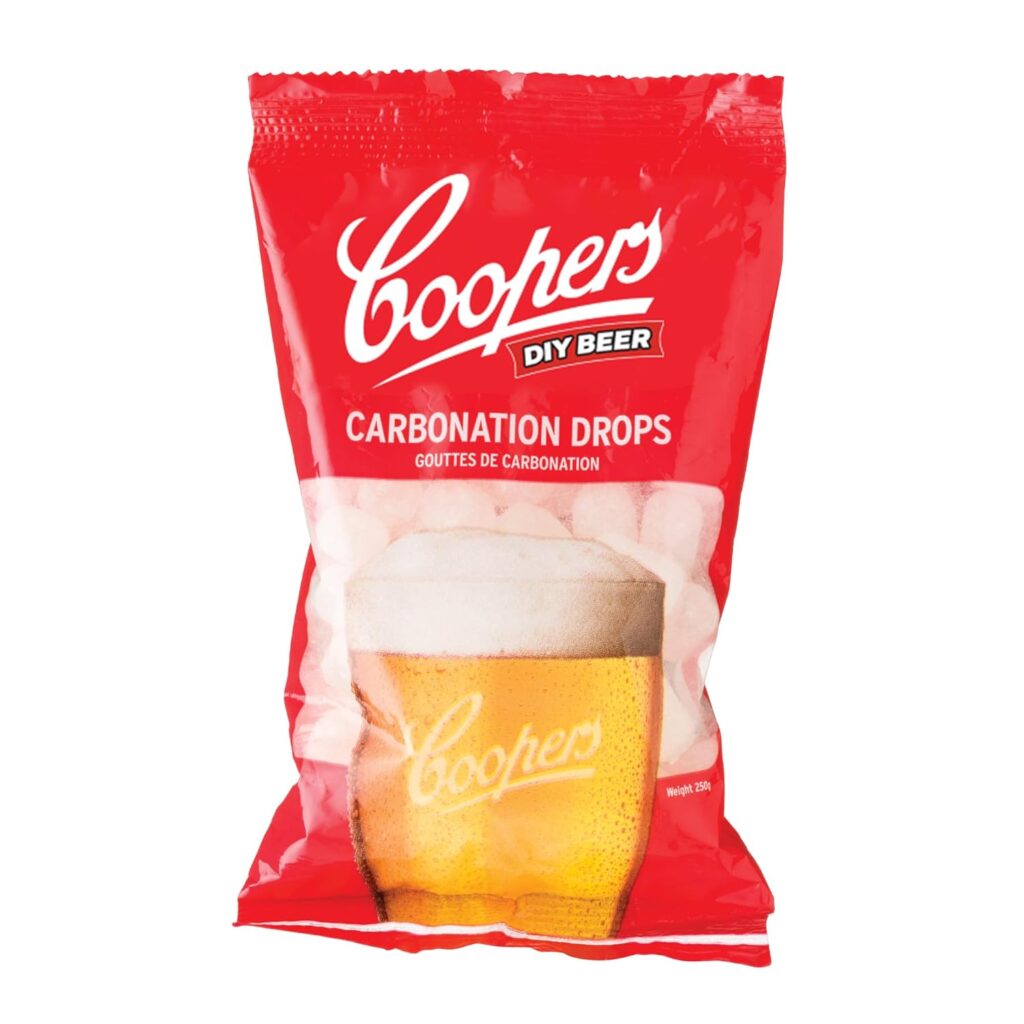Priming sugar are types of sugars used in brewing beer which carbonates the beer. Priming sugar is added to the beer after it has been fermented and bottled or kegged. Yeast consumes the remaining sugar in the beer, which produces carbon dioxide, since the bottles or kegs are sealed this CO2 is trapped, carbonating the beer.
The amount of priming sugar used changes depending on the style of beer brewed and level of carbonation wanted. There are many types of priming sugar but it’s important to measure the priming sugar accurately – too much sugar gives you over-carbonation, which can give the beer a bad tase or even cause the beer bottles to explode – not fun cleaning that up!
Here are 5 types of priming sugar and their uses in beer brewing:
- Corn Sugar (Dextrose): Corn sugar is a simple sugar used for priming American-style beers. It is very fermentable and gives off a clean and crisp taste. It is easy to dissolve in water and is a popular option for homebrewers.
- Table Sugar (Sucrose): Table sugar is another simple sugar for priming beer. It’s less expensive than corn sugar, but isn’t as fermentable and has been know to leave a slight aftertaste. Best suited for light-bodied beers that need less carbonation.
- Honey: Honey is a natural sugar. It adds a subtle sweetness and floral note to the beer. Best suited for Belgian-style beers and meads.
- Dried Malt Extract (DME): Dried malt extract is a complex sugar from malted barley. Used mostly for priming British-style ales and does produce a more traditional flavor profile. A bit more difficult to dissolve than other sugars, but is highly fermentable and produces smooth and cream mouthfeel.
- Belgian Candy Sugar: This just sounds great. This I highly fermentable that is used for Belgian-style beers. Available in a variety of colors and flavors, light and subtle to dark and rich fruit.

At what stages of the home brewing process can I add priming sugar?
Priming sugar is typically added to beer at the bottling or kegging stage, just prior to packaging. Here are the steps to add priming sugar during the home brewing process:
- Fermentation: After the brewing and colling the wort, transfer to the fermenter and yeast is then added. Leave to ferment for a couple days or weeks – depends on the recipe.
- Final Gravity Reading: When fermentation is complete, take a final gravity reading to make sure the beer has reached its target alcohol content. You need a stable gravity reading for a few days before moving on to the next step.
- Prepare the Priming Solution: Priming sugar is dissolved in water to create the solution to add to beer. The amount depends on the desired level of carbonation and how many gallons you are brewing. A priming sugar calculator or recipe can be used to make sure you have the proper amount.
- Add the solution: Add the priming sugar solution prior to the beer before packaging or bottling. If you are kegging your beer, add directly to the keg before filling with the beer.
- Carbonation: After you’ve added the solution, leave the beer to carbonate at room temperature for 1-2 weeks. Then move to a cool, dark place (I always like saying that) for longer term storage.
- How long does it take for the beer to carbonate? Typically, 1-2 weeks after you have added the priming sugar to the beer. Warmer temperatures can result in a faster timeline while cooler temperatures can slow the carbonation process.
- How to avoid over-carbonating? It’s important to measure the priming sugar accurately using a priming sugar calculator beer recipe calculator. Use a high-quality carbonation tool like a carbonation stone, to ensure that the sugar is evenly distributed throughout your beer.
Monitor Carbonation
Finally, it is important to monitor the carbonation level of the beer by opening a bottle or tapping the keg periodically and adjusting the temperature if needed.
What is natural carbonation vs forced?
With natural conditioning, you prime the beer with priming sugar, keg it, then let it sit for up to two weeks. With force carbonation, there is no priming sugar, and you force the CO2 gas into solution by rocking or shaking the keg.
How do you use beer stones?

Place one of these stones in a pint glass and bubbles will gather around it as you fill the glass from your can or bottle. The active carbonation not only helps you get a thick, lacy head that will last until you finish your drink, it also enhances the beer’s flavor and aroma while reducing acidity.
Cheers!